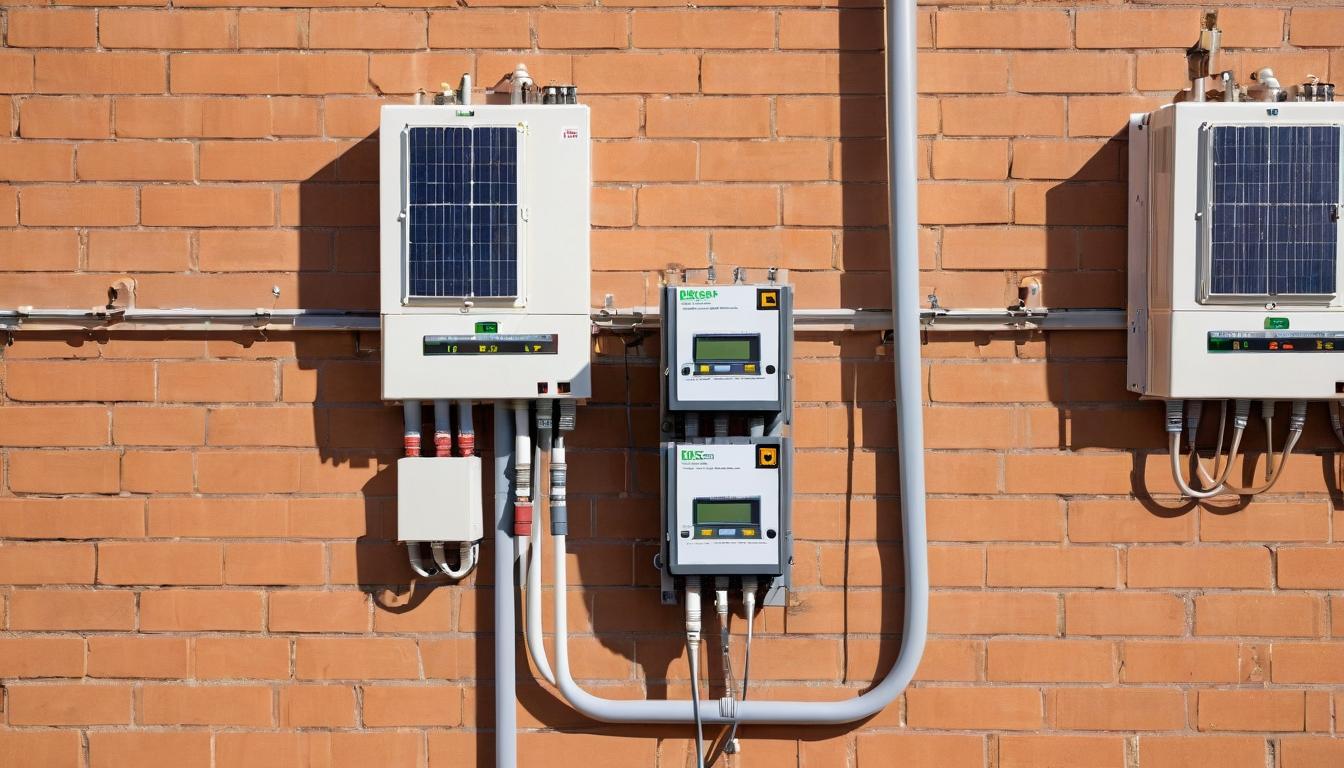The sun doesn't always shine, and the wind doesn't always blow—or so we're told. But dig deeper into utility boardrooms and regulatory filings, and you'll find a more troubling reality: the very companies tasked with keeping our lights on are actively slowing the transition to clean energy. Across the country, utilities are deploying sophisticated tactics to maintain their grip on power generation, often at the expense of cheaper, cleaner alternatives.
In states like Florida and North Carolina, utilities have successfully lobbied for restrictions on third-party solar ownership, effectively kneecapping the rooftop solar market. The arguments are familiar: grid stability, cost shifting, reliability concerns. But the documents tell a different story—one of monopoly protectionism disguised as public interest. Internal memos obtained through public records requests reveal utility executives explicitly discussing how to "slow the growth" of distributed generation to protect their traditional business models.
Meanwhile, the interconnection queue backlog has become the utilities' favorite stalling tactic. Renewable projects that should take months to connect to the grid are languishing for years in bureaucratic purgatory. A solar developer in Texas recently shared with me the story of their 150-megawatt project—fully permitted, fully funded, ready to break ground. It's been sitting in the interconnection queue for 38 months. The utility's reason? "Grid studies." Meanwhile, that same utility fast-tracked a natural gas plant through the same process in under a year.
The transmission game represents perhaps the most sophisticated form of obstruction. Utilities control the planning and construction of new power lines, giving them tremendous influence over which energy sources can reach markets. When renewable developers propose projects in resource-rich areas, they often find themselves at the mercy of utility-controlled regional transmission organizations. The result? Wind-rich regions of the Midwest and solar-rich deserts of the Southwest remain largely untapped while utilities prioritize transmission projects that serve their own fossil fuel assets.
Rate design has emerged as the latest battleground. Utilities are increasingly pushing for demand charges, solar fees, and time-of-use rates that disproportionately impact customers with rooftop solar or those seeking to adopt new technologies. The justification is always the same: fairness. But the math tells a different story. Analysis of rate cases in multiple states shows utilities consistently overestimating the cost impacts of distributed generation while underestimating the benefits.
What's most concerning is how these tactics are evolving. Utilities have learned that outright opposition to renewables generates bad press. So they've shifted to more subtle methods: supporting renewable energy in principle while creating practical barriers to its implementation. They'll announce ambitious climate goals while simultaneously lobbying against policies that would make those goals achievable. They'll celebrate their solar investments while fighting policies that would enable more customer-owned solar.
The regulatory capture is nearly complete in some states. Utility commissioners often come from utility backgrounds or return to utility jobs after their terms end. The revolving door spins constantly, creating a system where the regulators are effectively regulating their future employers. In one Midwestern state, three of the last five utility commissioners now work for companies they previously regulated.
There are glimmers of hope. Some states are waking up to these tactics and implementing reforms. New York's REV proceeding and California's distribution resource planning are forcing utilities to consider non-wires alternatives. Community choice aggregation is giving municipalities more control over their energy mix. And a new generation of regulators is asking tougher questions about whether utility business models need fundamental reform rather than just incremental tweaks.
The stakes couldn't be higher. Every day of delay means more carbon in the atmosphere, more money flowing to fossil fuels, and more communities exposed to volatile energy prices. The transition to clean energy isn't just an environmental imperative—it's an economic opportunity being systematically undermined by incumbent interests. Until we address the structural barriers utilities have erected, the promise of a renewable future will remain just that—a promise, perpetually deferred.
The grid's dirty secret: how utilities are quietly blocking the renewable revolution

